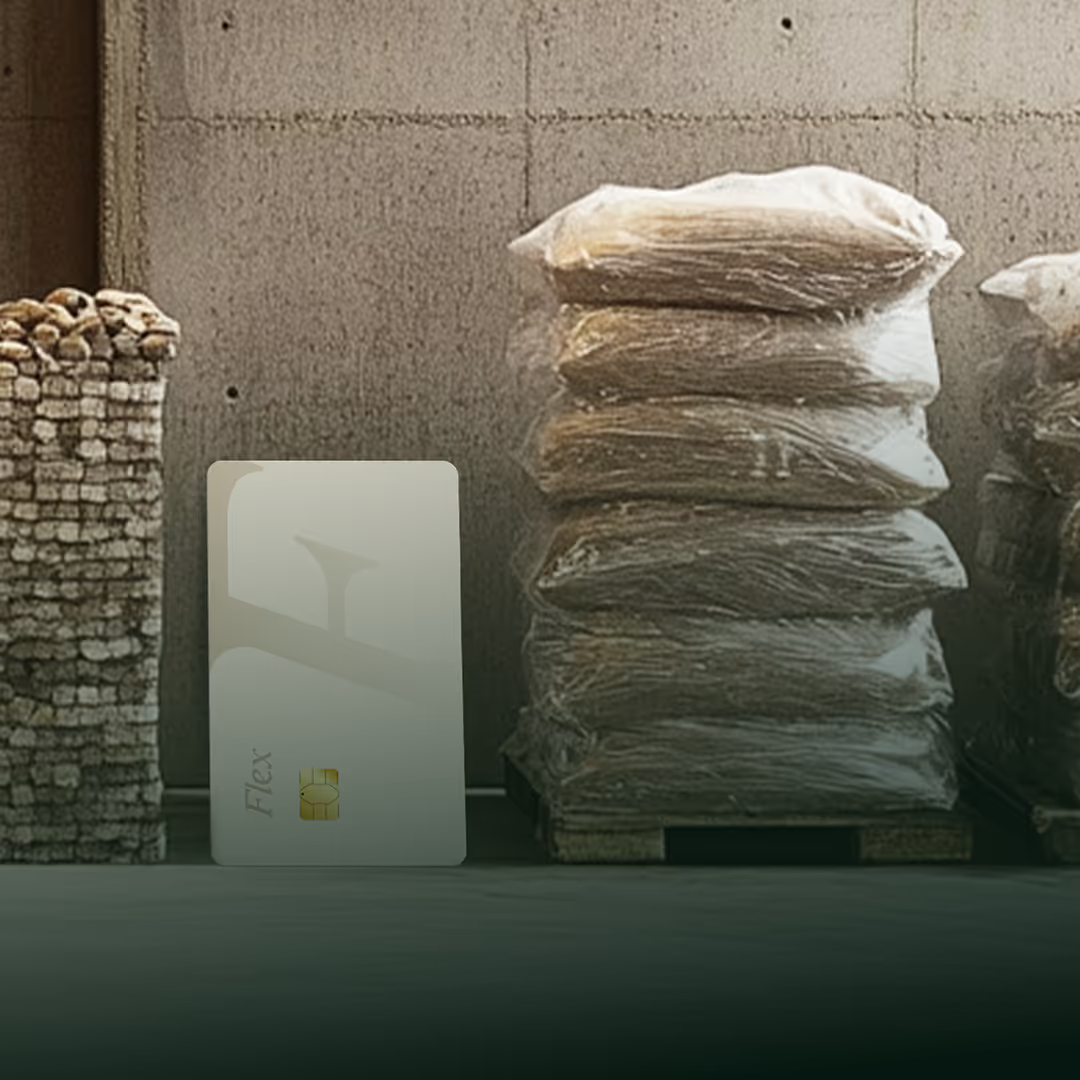What is a Balance Sheet? How to Create One and More
The following article is offered for informational purposes only, and is not intended to provide, and should not be relied on, for legal or financial advice. Please consult your own legal or accounting advisors if you have questions on this topic.
A balance sheet is one of the most critical financial documents for a business owner to understand. It provides a snapshot of a company’s financial health at a given point in time, showing what it owns (assets), what it owes (liabilities), and the value left for its owners (equity). Knowing how to read and create a balance sheet can give you a clearer understanding of your business's financial standing and help you make more informed decisions.
This article will explain what a balance sheet is, walk you through how to create and manage one, and share a balance statement example to guide you.
What is a Balance Sheet?
A balance sheet (also referred to as a balance statement) is a financial report that outlines three main components:
- Assets: What your company owns
- Liabilities: What your company owes
- Equity: What’s left over
These three parts are connected through the balance sheet equation: Assets = Liabilities + Equity
This equation must always remain in balance — hence the term balance sheet.
Why Balance Sheets Matter
Understanding this document is essential because it helps you:
- Track the financial position of your business at a specific moment
- Identify trends in your debt-to-asset or equity ratios
- Assess liquidity and solvency (can your business pay its bills?)
- Prepare for tax season or secure funding from investors and lenders
Components of a Balance Sheet
Here’s a deeper look at each of the three main sections:
1. Assets
Assets are typically categorized as either current or non-current:
- Current Assets are those that are cash or are able to be converted to cash within one year. These can include:
- Cash and cash equivalents
- Accounts receivable
- Inventory
- Prepaid expenses
- Non-Current Assets are your business’ longer-term investments. These may look like:
- Property and equipment
- Financial investments (like bonds)
- Intangible assets (like patents or trademarks)
2. Liabilities
Like assets, liabilities are also split into current and long-term:
- Current Liabilities are those due within one year. For example:
- Accounts payable
- Short-term loans
- Accrued expenses
- Long-Term Liabilities are those due after one year. These can be things like:
- Long-term loans or debt
- Deferred tax liabilities
- Lease obligations
3. Equity
Equity represents the residual value of the business after liabilities are subtracted from assets. This includes:
- Owner’s capital or invested funds
- Retained earnings
- Stock (for corporations)
Balance Sheet Equation Explained
The balance sheet equation is the foundation of double-entry bookkeeping. It ensures that a company's books are always balanced.

For example, if your business owns $500,000 in assets and owes $300,000 in liabilities, then your equity would be:

This formula can help you check that everything on your balance sheet is recorded correctly, so you have a clear view of where your business is financially.
How to Create a Balance Sheet
Follow these steps to build your own balance statement sample:
Step 1: Choose a Reporting Date
Most businesses prepare balance sheets monthly, quarterly, or annually. The date you choose will reflect your financial snapshot “as of” that day.
Step 2: List Your Assets
Separate assets into current and non-current categories. Sum up each section and then total both to calculate your total assets.
Step 3: List Your Liabilities
Just like with assets, split liabilities into current and long-term categories. Add them together for total liabilities.
Step 4: Calculate Owner’s Equity
Include items like retained earnings, owner’s capital, and stock (if applicable). Add them up for your total equity.
Step 5: Apply the Balance Sheet Equation
Make sure your Assets = Liabilities + Equity. If they don’t, something was recorded incorrectly and may need to be looked into further.
Balance Statement Example
Here’s a simple balance statement sample for a fictional company:
This sample shows a company with $100,000 in assets, split evenly between liabilities and equity — illustrating the balance sheet equation in action.
Best Practices for Managing Your Balance Sheet
- Keep it up to date: Update your balance sheet regularly (monthly or quarterly).
- Use accounting software: Accounting tools and platforms can simplify reporting.
- Review for accuracy: Double-check entries to ensure the equation is balanced.
- Analyze trends: Look at changes in equity, liquidity, and debt over time.
Final Thoughts
Understanding what a balance sheet is and how to use it helps business owners get a clearer view of their company’s financial footing. By tracking assets, liabilities, and equity, you gain the insights needed to make smarter financial decisions, attract investors, and maintain long-term stability.
Whether you’re building your first balance statement or looking to refine existing reports, mastering the balance sheet equation and regularly reviewing your statements is key to maintaining a financially healthy business.






_-Definition%2C-Formula%2C-%26-Examples.jpeg)
_-Definition%2C-Formula%2C-%26-Examples.jpeg)











.png)




.svg)